“Would you like to wu with me?”
“That depends on what kind of wu you mean!”
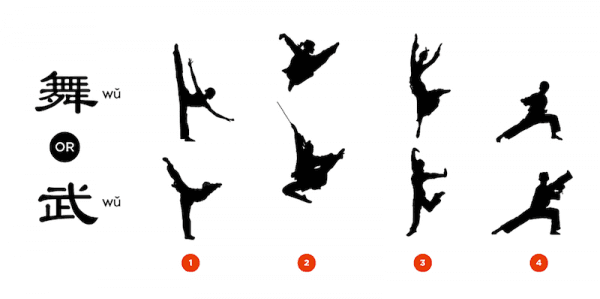
For thousands of years of Chinese civilization, dance and martial arts have had almost the same name. That’s because the Chinese characters for dance (舞) and martial arts (武) are both pronounced wǔ.
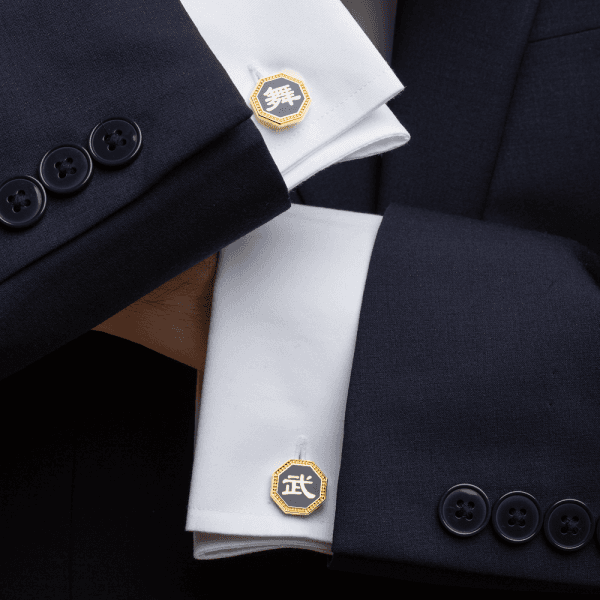
The differences in how the characters are written spell out the differences in their meanings. When you take apart the character for the wǔ (武) that means martial arts, the right side resembles the character gē (戈), which represents a dagger axe, while the left is the component zhǐ (止) means to stop. Thus, this character may be interpreted as meaning stopping an opponent’s attack, or perhaps wielding the weapon (starting and stopping its motion) in the most effective and powerful way.
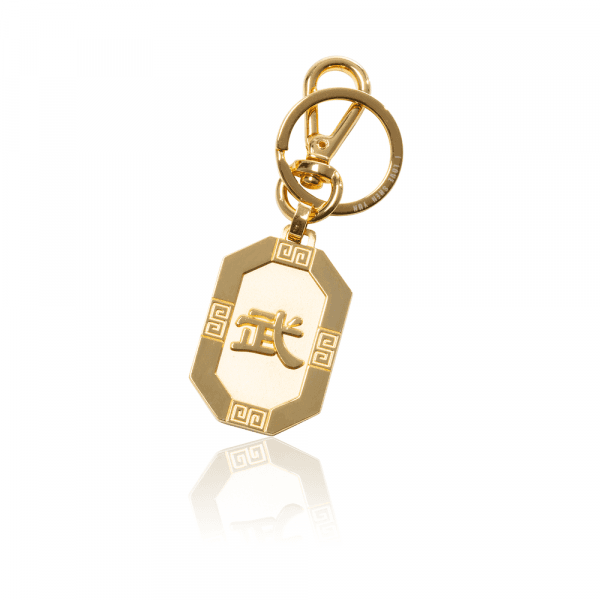
On the other hand, the intricate character for the wǔ (舞) that means dance started from a pictogram of a person with arms that, over time, evolved to have legs as well.
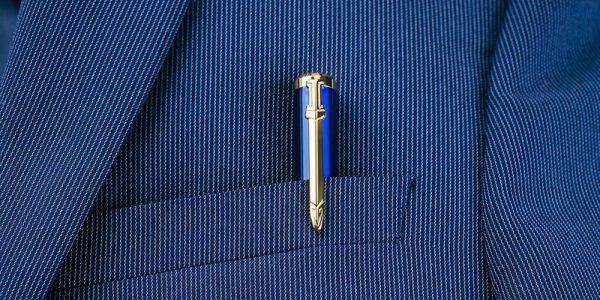
When martial arts first appeared in China thousands of years ago, its flips and techniques greatly influenced other art forms, including Chinese opera and dance. These art forms took movements originally intended for battle and transformed them into a means of entertainment for various celebrations—from street festivities to imperial banquets. Over time, martial arts and Chinese dance grew into the comprehensive and separate art forms we know today. Martial arts favors speed, compactness, and utility, while classical Chinese dance favors beauty, grandeur, and expression.
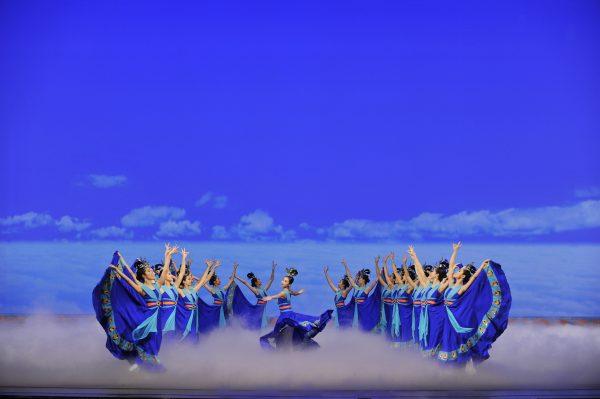

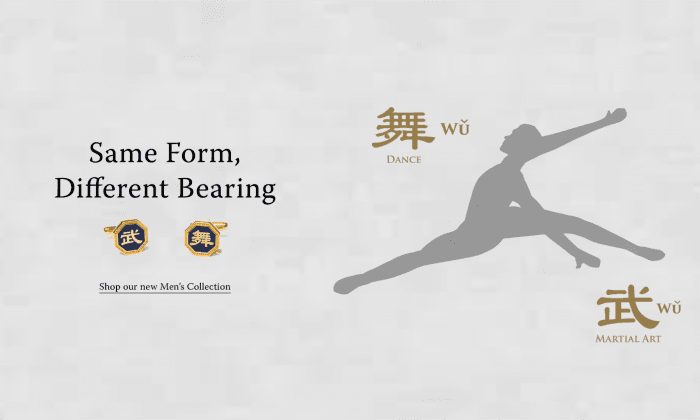
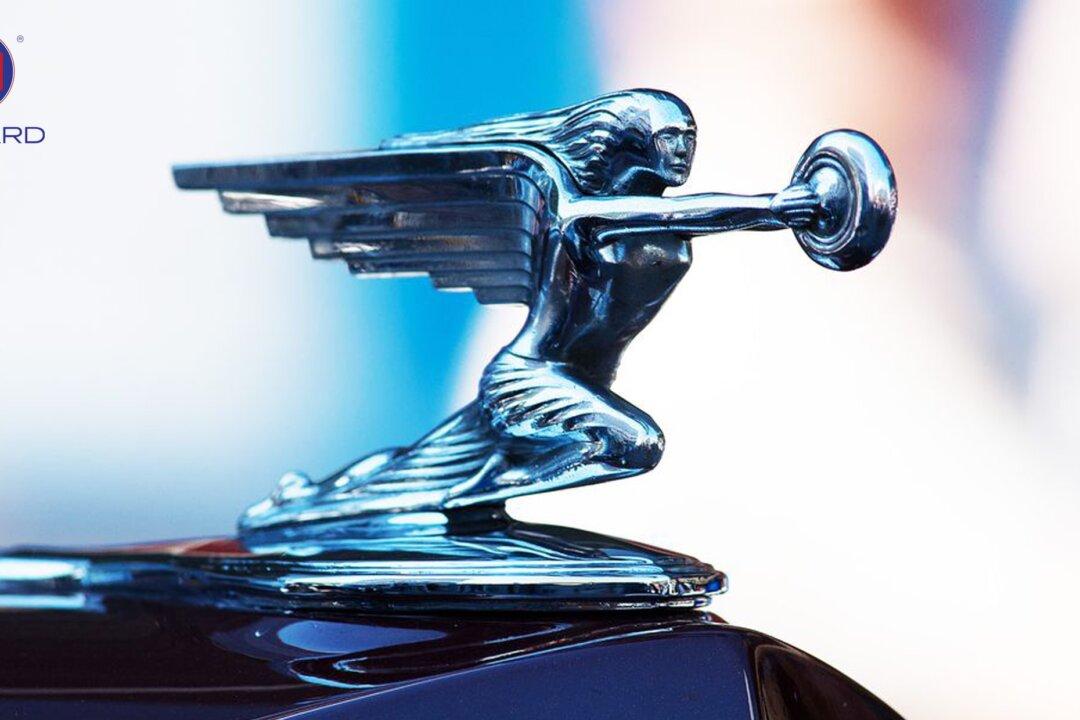
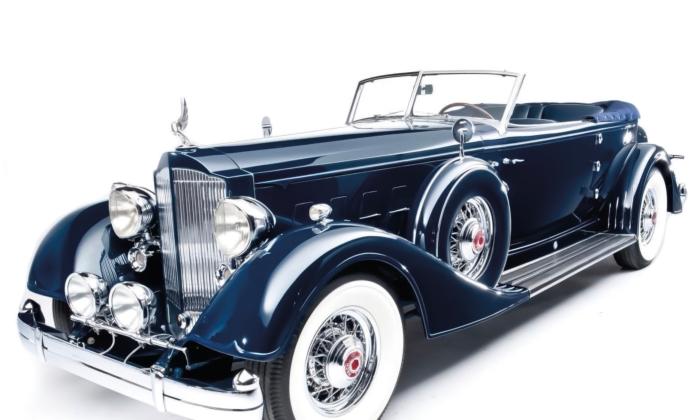
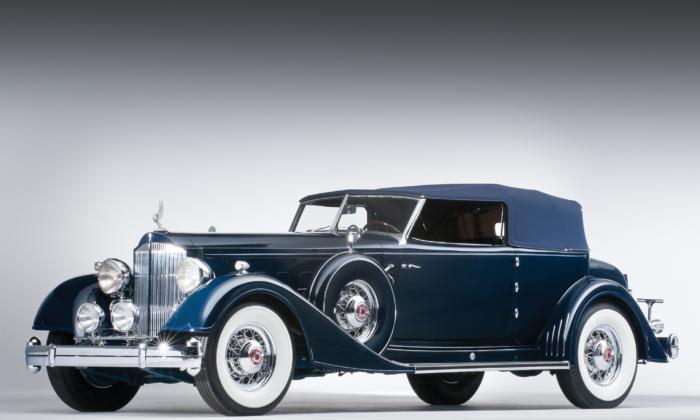
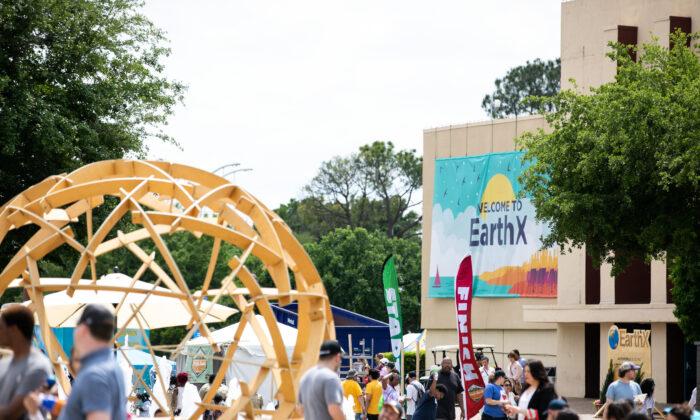
Friends Read Free